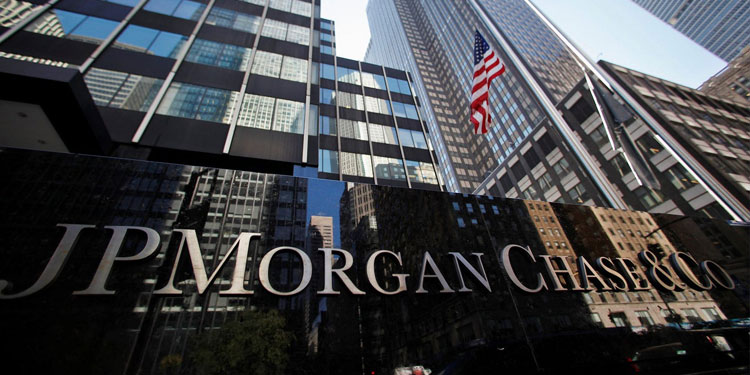
YoYounger placed a number on the danger, estimating that it might result in a loss of between 20%-30% of commercial banks’ financing base. In a financial meltdown, this change may be fast, which is another problem that central banks recognize.
Much relies on whether or not the CBDC’s holdings will be restricted. For instance, if one of the CBDC’s primary goals is financial inclusion and the target population is mostly low-income families with less than $1,000 as balances in their accounts, the effect would be minimal.
Younger stated that “hard limits of $2,500 would certainly satisfy the requirements of the overwhelming number of lower income individuals while exerting no discernible impact on the financing mix of big commercial banks.” Younger was obsessed with a digital dollar from the United States. In Europe, the European Central Bank proposed a €3,000 limit to discourage people from utilizing a digital euro as a store of wealth.
Morgan Stanley predicted earlier this year that this might garner €873 billion ($1 trillion), or 8% of European commercial bank deposits. It is worth emphasizing that a ceiling is just one design feature that may be used to promote the usage of digital money for payments rather than storage.
People retain just a little quantity of actual currency because they are concerned about losing it, and it is dangerous. A comparable digital design may be successful as well. Some have proposed expiry dates and renewal fees for the digital money, which might function similarly to negative interest rates.